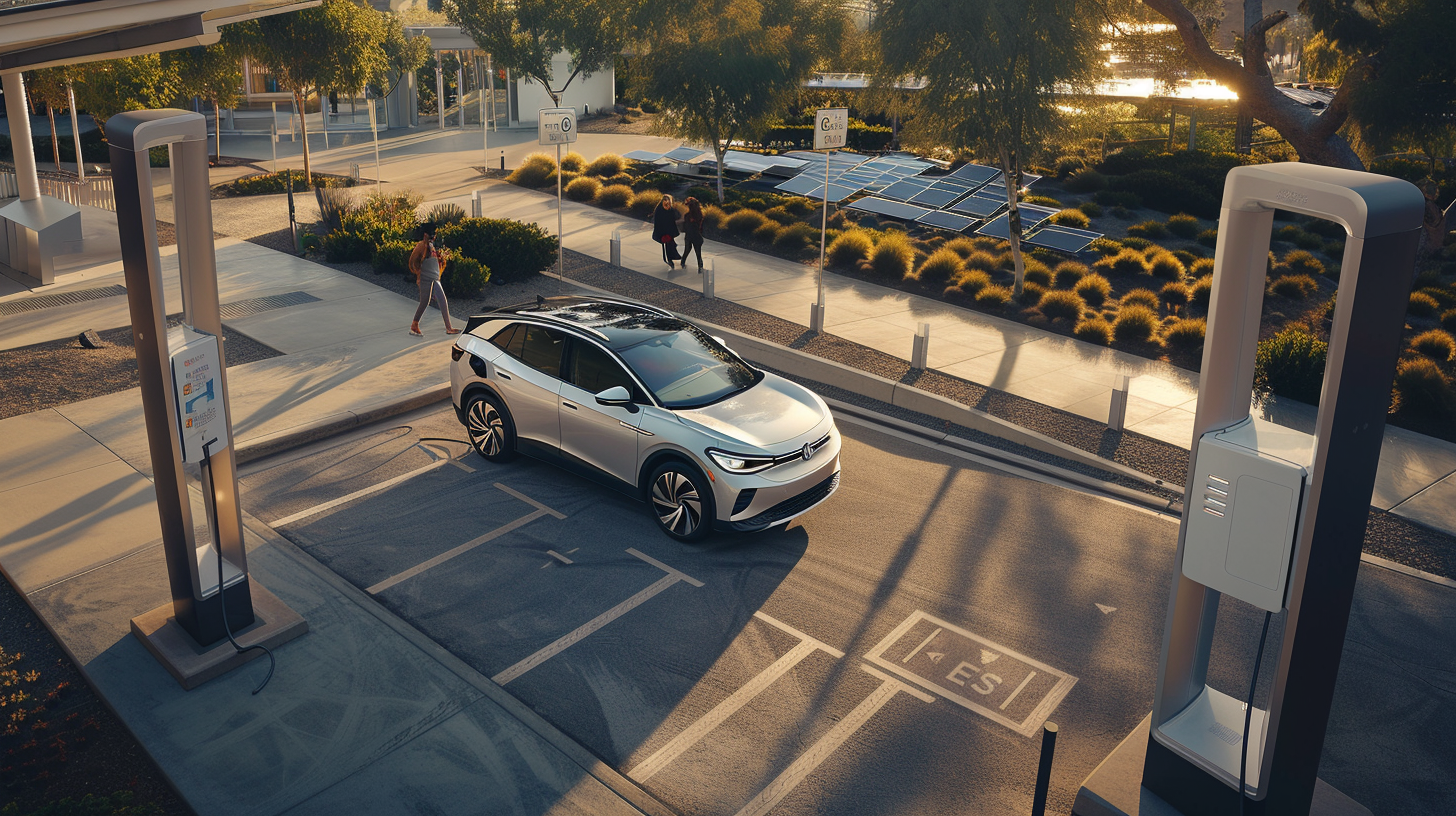Category: Uncategorized
-
Recycling EV Batteries: The Path Towards a Circular Economy

As electric vehicle adoption accelerates, a crucial question arises: what happens to EV batteries at the end of their useful life? The development of robust recycling infrastructure is not just an environmental imperative but a key component of building a circular economy for electric mobility, reducing reliance on new raw material extraction and minimizing waste.…
-
Battery Production and Raw Materials: Addressing the Environmental Concerns

One of the most frequently raised environmental concerns regarding electric vehicles centers on the production of their batteries. The extraction of raw materials and the manufacturing processes involved do carry an environmental footprint that deserves careful examination. Key Raw Materials and Their Impacts: The Manufacturing Process: Beyond raw material extraction, the refining and processing of…
-
The Green Grid: How Your Electricity Source Impacts EV Emissions

While electric vehicles produce zero tailpipe emissions, their overall environmental impact is inextricably linked to the source of the electricity used to charge them. This concept, often referred to as “well-to-wheel” emissions, highlights that an EV is only as clean as the grid it plugs into. The Spectrum of Electricity Sources: Electricity generation varies significantly…
-
Beyond the Tailpipe: Understanding the Full Lifecycle Emissions of EVs (Manufacturing)

While electric vehicles boast zero tailpipe emissions, a comprehensive understanding of their environmental impact requires looking beyond the operational phase to their entire lifecycle, particularly the manufacturing process. This is often cited by critics, and it’s essential for a balanced perspective. The Manufacturing Footprint: Producing any vehicle, whether electric or gasoline-powered, is an energy-intensive process…
-
The Core Environmental Promise of EVs: Zero Tailpipe Emissions

At the heart of the electric vehicle (EV) revolution lies its most compelling environmental advantage: zero tailpipe emissions. This singular feature distinguishes EVs from traditional internal combustion engine (ICE) vehicles and represents a significant step forward in combating air pollution and mitigating climate change in urban environments. What Does “Zero Tailpipe Emissions” Mean? Unlike gasoline…



